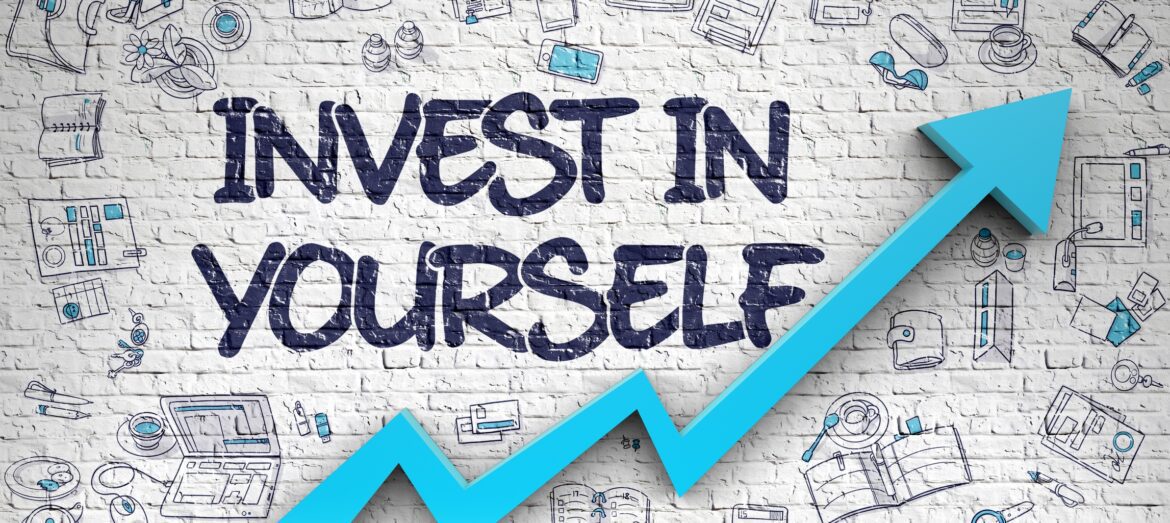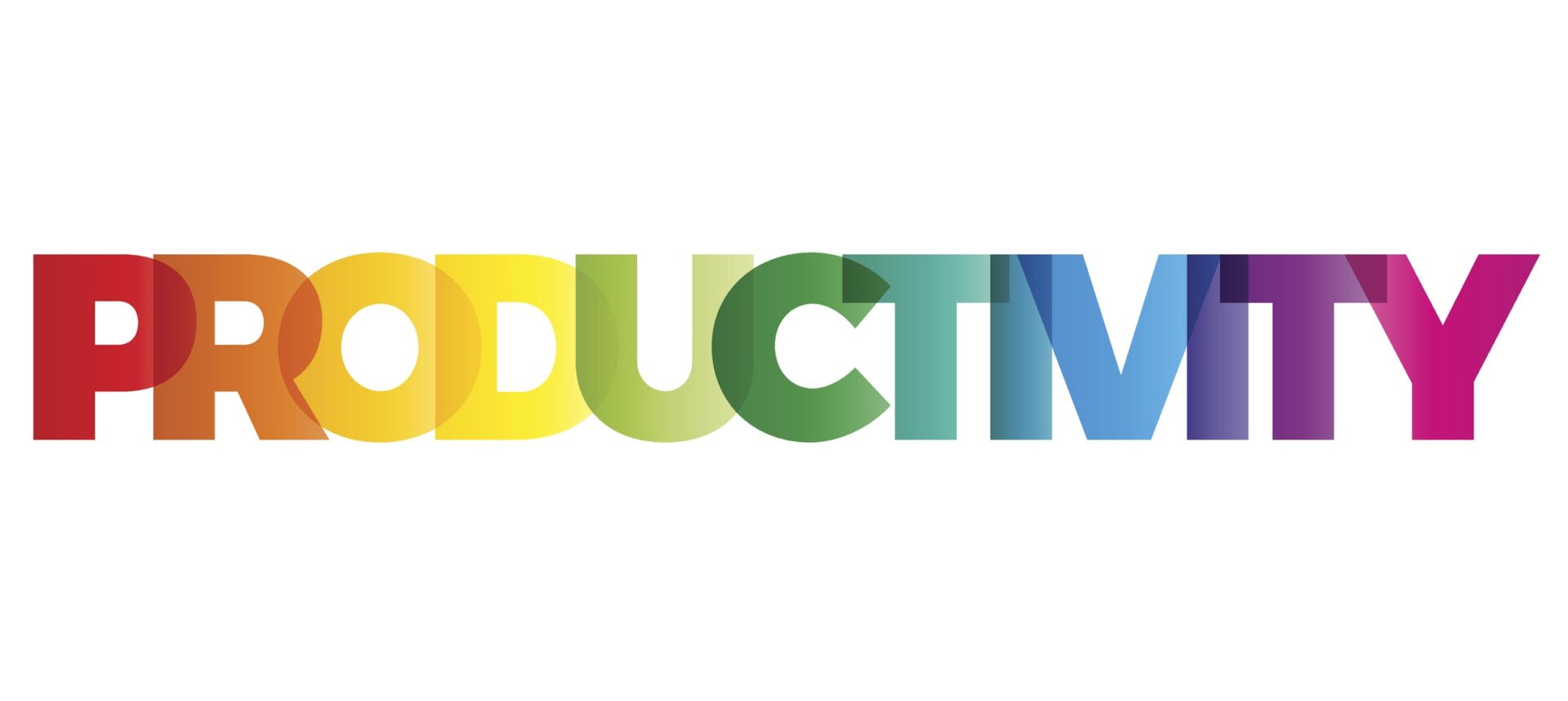Charting Your Development Journey
Hopefully by now the confetti of the new year has settled, and you are back into a routine and focusing on your key priorities for the new year. As a culture we are good at defining KPIs, financial metrics, and organizational goals. What we are not as good at is creating goals that support our leadership development.
In our leadership programs, we challenge leaders to think about their context which could include a new position, being part of a new team, or just having a higher level of presence and influence. Based on evaluating that context, we encourage leaders to reflect on what leadership skills they want to develop. At StarQuest, we use the Leadership Circle™ competency model as a reference tool to help leaders identify whether they want to focus skills more on people/relationship skills or results/task skills. This decision is often informed by doing a 360 assessment to gain insights into the areas that are most important.
We also encourage leaders to meet with their managers to discuss what they want to grow and develop and to ask what their manager considers to be important. Once a competency area is defined, the development planning begins.
A very effective framework we use is colloquially known as the “One Big Thing” (OBT) structure. I first became acquainted with the OBT structure in Bob Kegan and Lisa Lahey’s book, Immunity to Change. Our clients found the structure and language to be very effective. What is one development skill that you are committed to improving, and what behaviors do you want to stop doing and what do you want to start doing. The framework is simple, and yet very effective in helping leaders have development conversations.
For those of you who want to put more structure and discipline around your development efforts and/or those of your team members, please download our professional development plan. We outline the OBT process and connect it to what matters most to you.
If you have any questions, please email your questions to [email protected]. If you are interested in our leadership development and coaching solutions, email us at [email protected].
Leadership in a Post-Covid Era
When Covid hit, we were writing and talking about the “new normal” and that we were in, as William Bridges calls, the “neutral zone” leading to new beginnings. I referenced Bridges framework to help our clients understand what was going on in both their personal and professional lives. As the mask mandates continue to go away and we head back to work, it’s helpful for us as leaders to ponder the question of whether leadership has changed or perhaps not?
We have been asking ourselves the same question. Has anything changed permanently? Are we back to the old normal or is there really a new normal? To answer this question, we did a “lit search” to identify what is trending in the workplace – what people are talking about? What will be the competencies, skills, practices that we need to embrace and develop to drive our success? Her research may surprise you. Top of the list? Empathic leadership.
#1: Empathic Leadership
Empathy and support of others continues to be on the top, particularly when the context in which people are working includes high levels of complexity, uncertainty, and change. I don’t know about you, but I think we can all agree that things have gotten more complex, uncertain, and unpredictable. One of the skills noted was the practice of curiosity – which is foundational to creating cultures of empathy.
Other findings showed that empathy is not only about emotional empathy (understanding the struggles, challenges of managing a home front on top of work), but empathy is also about cognitive empathy which is really about engaging others to help us see things differently. To help us view problems through a different lens, evaluate threats that we may not see, etc. Another practice to develop greater levels of empathic leadership included learning how to give direct, clear and constructive feedback while having a greater level of awareness in how the feedback is being received; and then making it safe for team members to have healthy debate in service to the best possible solution.
#2: Empowering Teams through Purpose and Clarity
Ranked as #2 is leading in a way that empowers teams by having a clear purpose (why we’re doing what we’re doing) and being clear on expectations. The ability to communicate clear expectations and link those expectations to why they are important is key. Another practice that showed up is the team leader’s ability to communicate the value proposition underlying the work that is being done to ultimately inspire, energize, and create a sense of pride. This last practice was a big driver of engagement and increased performance.
#3: Developing Resilient Organizations
Coming in at #3 was resilience. Given all that we’ve been through, this is not a big surprise. What surfaced was the importance of leaders managing their own stress and adapting to challenging, “overloaded” environments. For this to happen, leaders need to increase their levels of self-awareness, so they are more aware of when they kick into overdrive and/or demonstrate reactive tendencies. Another aspect of developing resilience was connected to the leader’s ability to balance optimism and realism while acknowledging challenges and focusing on where the business is going.
And so, as we continue our journey into this new normal, we all need to step back and evaluate what we need to do differently. Perhaps our pre-pandemic leadership playbooks may need to have a few pages added.
Reformulate Your Schedule to Boost Productivity and Get Your Life Back
Productivity is perhaps one of the most sought-after things of the modern day. Our work lives have trespassed upon our personal hours, and time is an incredibly valuable resource. Moreover, mobile phones, email, social media, and the like have created innumerable distractions that make getting work done that much harder. If you’re like me, some days you find yourself delaying the big project until you can get all the little ones out of the way, and before you know it it’s 3 pm and you haven’t accomplished what you needed to get done. Add the afternoon drowsiness that follows and soon you find yourself clearing your calendar for tomorrow in hopes of achieving your project then. It can be a constant cycle, and yet all of us at one point or another fall victim. It isn’t procrastination in its truest sense, but poor prioritization can be just as unproductive.
So how do you spur creative thinking, efficiency, and productivity? An author by the name of Donald Miller has come up with a way to help us boost productivity in our daily lives that I think holds tremendous value. Miller was struggling with similar challenges as named above, and was in dire need of a creative boost to help get his writing career back on track. Lucky for you and me, Miller did the heavy lifting for us, reading countless books on the psychology of productivity and what drives us to accomplish certain tasks. He compiled his findings into a comprehensive Storyline Productivity Schedule that explains the theory and process in full. For the purposes of this post, however, I’m going to lay out what I believe to be his most valuable and applicable points:
1. Do your most important project first. Miller recommends that you attack your most pressing project first thing in the day. Establish a morning ritual, limit the points of contact with others, sit down, set a timer, and get to work. Thus, unless your project requires you to correspond via email, that means that email should not be the first thing you do in your day (though we all find ourselves checking email first!) There are a few advantages in doing so. One, your brain is the most alert and refreshed first thing in the morning, and thus likely to produce some of your best quality work. Two, it limits the possibilities of distractions that can majorly hamper productivity if its earlier in the morning. Three, it reduces the possibility of experiences that threaten to throw us off our rails, like a frustrating conversation with a coworker or a text message that rubs you the wrong way.
2. Number your three biggest projects in order of importance, and separate them from your other to-do’s. I mentioned this briefly in my last post, but let me expand upon this further, as I believe it is truly important. By separating the to-do’s (like responding to an email, picking up dry cleaning, etc.) from your important projects, you limit the possibility that your whole day slips by you without having done anything that is truly pressing and important. That requires, of course, that you dedicate time to your projects before anything else, or work in some to-do’s between projects to give your brain a break before setting a timer and beginning your next project. Miller recommends you limit your number of projects to three, as anything beyond that is likely to result in a shallow level of engagement and a large amount of task switching.
3. Track the time you spend on each project and log it in your calendar/planner. I can’t tell you the number of times that I have sat down and worked diligently on a project, only to not quite finish it and feel this awful lack of accomplishment. I am the guy that loves to finally check the box — the problem is that we can’t always do that for all projects that we work on throughout the day (don’t we wish!). However, what we can do is track the time that we spend (I like to set a timer for at minimum an hour) and log that as we work on each project. Doing so brings two points of value. One, there is still an inherent sense of accomplishment in dedicating time in your day to a project and being able to write that down. Two, by setting a period of time and keeping track, you are more likely to limit distractions and make that time valuable. It’s a win-win, and something that has dramatically changed how I think about my day and the amount of work that I can get done in a sitting.
Believe me when I say that these recommendations have the ability to absolutely change your day – boosting both quality of output as well as minimizing the time spent drudging through projects. If you are curious about more of Miller’s work and the other intricacies of his productivity schedule, I highly encourage you to click the link above and check it out for yourself. He even has templates that you can print for free that will help you structure your day in the way outlined above, plus other features that he cites add value to your level of productivity. At the very least, try the three points I have laid out above and take back those valuable hours of your day!



